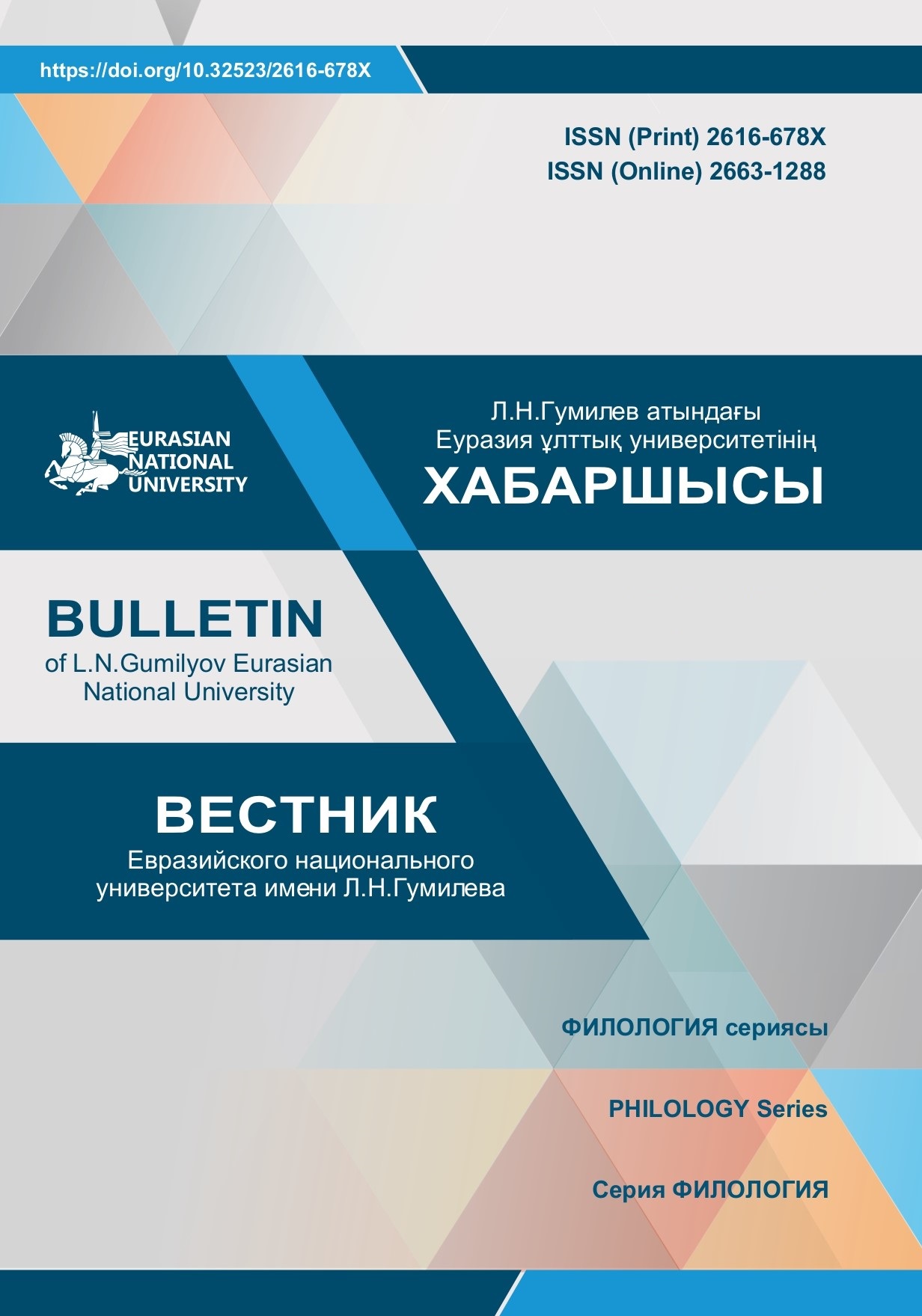Cognitive visualization in teaching English (on the example of the textbook Nuclear English by S. Gorlin)
Views: 219 / PDF downloads: 263
DOI:
https://doi.org/10.32523/2616-678X-2023-145-4-197-205Keywords:
English language, visualization, graph, nuclear physicsAbstract
This article presents the practical experience of applying some techniques of cognitive visuality in teaching English to students of non-linguistic specialties. The significant number of assignments and their advantages are investigated on the example of presented visual materials in S. Gorlin's textbook "Nuclear English". Each lesson in the textbook contains completely new material related to the nuclear power plant, nuclear structure of plants, uranium mining, management of nuclear reactors, nuclear waste recycling, and conflicts during mining. The above topics for study require the use of cognitive visuality to understand the content of the texts and improvise the whole course of the sequence of work. Visual information (illustrations, graphs, cartoons, pictures, infographics, videos, flip charts, slides, and presentations) encourages the use of intellectual capacity, critical thinking, active imagination, creative approach to information transfer. The study revealed that the main purpose of applying cognitive visuality is not to recreate new material but to construct material for learning simply. The application of cognitive visuality elements promotes clear learning of lexical material and stimulates visual perception to memorize the studied topics.







